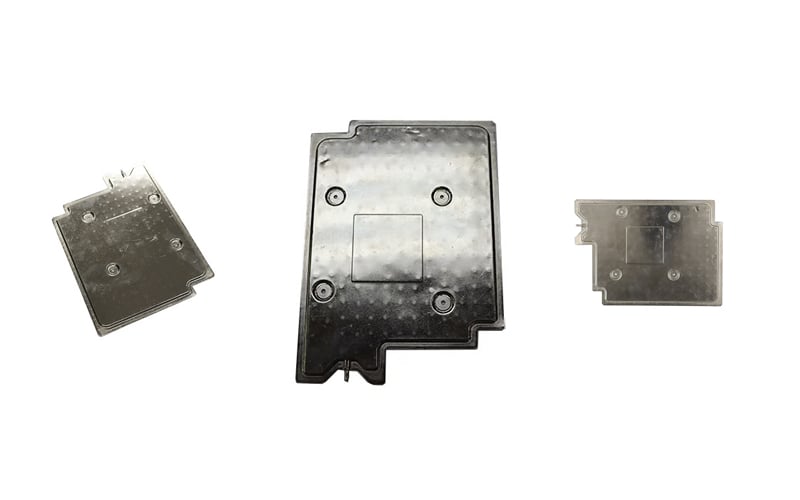Optimal Shape and Size
When designing vapor chambers for heat transfer applications, the shape and size of the chamber play a crucial role. The shape should be optimized to ensure even distribution of heat across the chamber, while the size must be sufficient to accommodate the heat source and facilitate efficient heat transfer.
Material Selection
The choice of material for the vapor chamber is a critical design parameter. Materials with high thermal conductivity, such as copper or aluminum, are often preferred for their ability to rapidly transfer heat. The material must also be compatible with the operating temperatures and conditions of the specific application.
Internal Wicking Structure
The internal wicking structure of a vapor chamber is responsible for transporting the working fluid from the condenser to the evaporator. The design and material of the wick must be carefully chosen to ensure capillary action, which aids in the circulation of the working fluid and enhances heat transfer efficiency.
Working Fluid Selection
The working fluid used in a vapor chamber significantly impacts its thermal performance. Different fluids have varying properties, such as boiling point and heat capacity, which influence the heat transfer capability of the chamber. The selection of an appropriate working fluid is crucial for optimizing the chamber's efficiency.
Evaporator and Condenser Placement
The positioning of the evaporator and condenser within the vapor chamber is another important design parameter. Placing the evaporator closer to the heat source and the condenser near the cooling system can improve heat transfer efficiency by minimizing heat resistance and promoting fluid circulation.
Pressure and Temperature Levels
Maintaining optimal pressure and temperature levels within the vapor chamber is essential for efficient heat transfer. The chamber must be designed to withstand the operating pressures and temperatures while ensuring the working fluid remains in the desired state to facilitate heat absorption and dissipation.
Thermal Resistance Reduction
Minimizing thermal resistance within the vapor chamber is critical for enhancing heat transfer efficiency. This can be achieved through proper design of the chamber's components, such as the wick, walls, and interfaces, to reduce heat barriers and maximize thermal conductivity.
Integration with Heat Sink
Integrating the vapor chamber with a heat sink is often necessary to effectively dissipate heat away from the chamber. The design parameters of the heat sink, including surface area, fins, and material, must be considered to ensure optimal thermal management and overall system performance.
Thermal Management Simulation
Utilizing thermal management simulation tools is essential in optimizing the design parameters of vapor chambers. By simulating heat transfer processes and analyzing different design configurations, engineers can fine-tune the chamber's parameters to achieve maximum efficiency and performance.
Performance Testing and Validation
Finally, thorough performance testing and validation of the vapor chamber design are crucial steps in ensuring its effectiveness in real-world applications. Testing under various operating conditions and environments helps validate the design parameters and confirms the chamber's ability to meet thermal performance requirements.

